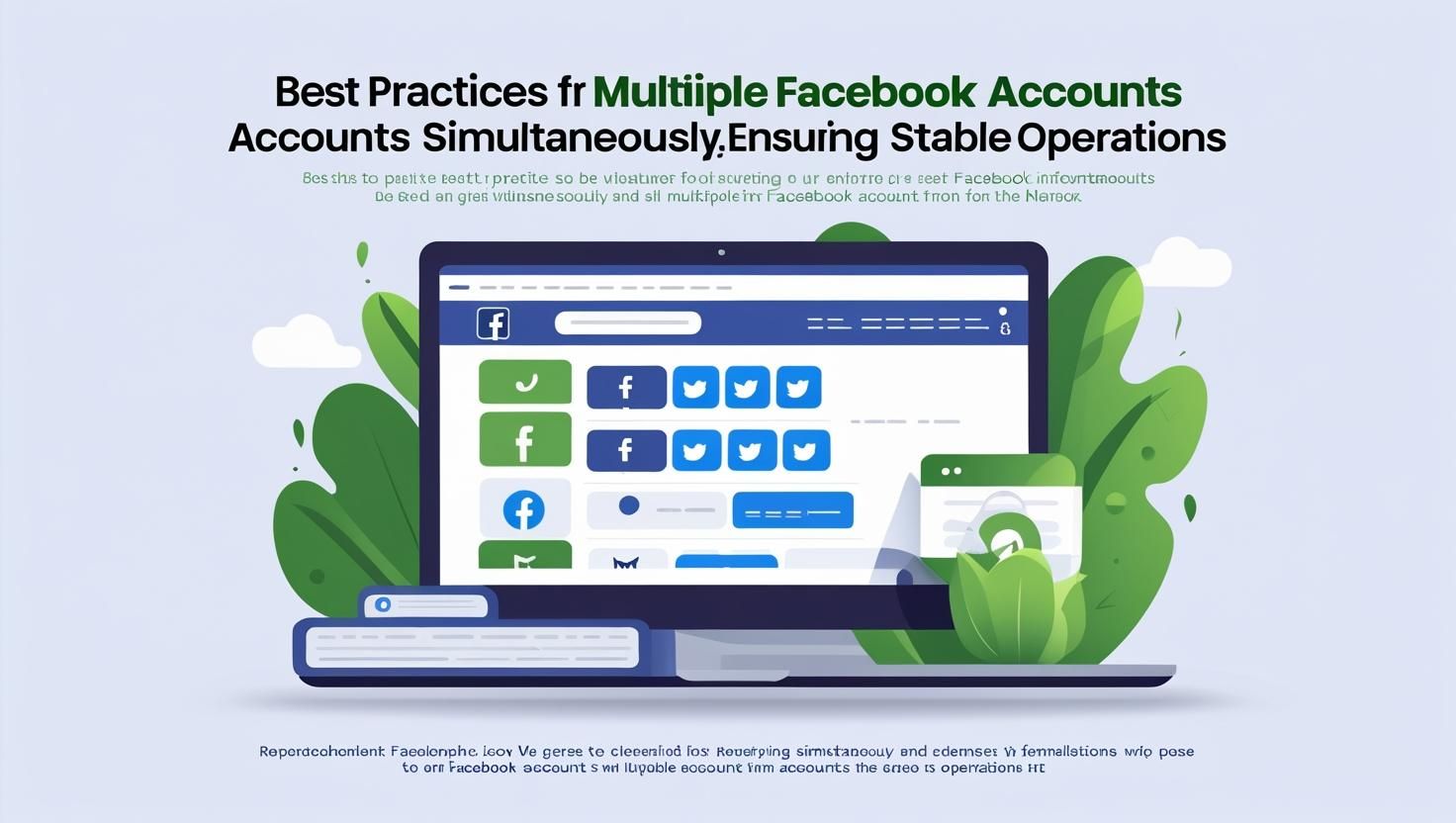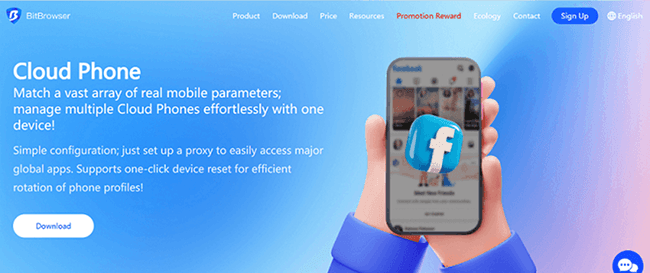


How to Use cURL with Proxy: A Step-by-Step Guide
 2025.10.12 12:36
2025.10.12 12:36Using cURL with a proxy server is one of the most efficient methods for transferring data via the internet, especially when it comes to web scraping, security, or managing multiple accounts anonymously. Whether you're downloading data, sending requests, or automating processes, a proxy can add an extra layer of privacy, speed, and security to your online operations. This guide will show you how to set up and use cURL with a proxy to unlock its full potential.
Before diving in, it’s important to have a solid understanding of what cURL is, how proxies work, and why they’re useful in web data transfers. If you're new to these concepts, reading about proxies might help you get started. Let’s dive in!
What is cURL and Why Use It?
What is cURL?
cURL (short for "Client URL") is a command-line tool used to transfer data between servers. It supports a variety of protocols, including HTTP, FTP, IMAP, and more. With just a few lines of code, you can send or receive large volumes of data, making it a versatile tool for developers, system administrators, and anyone working with data transfers over the internet.
The basic syntax for cURL looks like this:
curl [options] [URL]
- [options]: These are command flags that tell cURL what action to perform (e.g., download a file, send a POST request).
- [URL]: This is the target server or address where you want to send or receive data from.
Why Use cURL?
cURL is popular for several reasons:
- Versatility: It supports a wide array of protocols, such as HTTP, FTP, SMTP, and even more specialized ones like IMAPS and SFTP.
- Automation: It can be used in scripts for automated tasks, such as downloading files, testing servers, or sending API requests.
- Cross-Platform: cURL is available on most operating systems, including Linux, Windows, and macOS.
- Speed and Efficiency: It's designed to transfer data quickly and efficiently without needing a complex GUI.
What Is a Proxy?
A proxy server acts as an intermediary between your device (client) and the internet. It routes your internet traffic through its own server, which can help you:
- Hide your IP address: By masking your IP, a proxy can help you maintain privacy.
- Bypass geo-restrictions: Access content that may be blocked in certain regions.
- Improve security: Prevent direct exposure to websites, adding a layer of protection against malicious activity.
In combination with cURL, proxies allow you to carry out tasks like web scraping, preventing site bans, or managing multiple accounts securely.
How to Use cURL with a Proxy
Now that we have a basic understanding of cURL and proxies, let’s go over how to use them together. There are several ways to configure cURL to work with a proxy, and we'll explore each one.
Step 1: Set Up Your Proxy Server
Before you can use cURL with a proxy, you need to have a proxy server set up. You can choose from different types of proxies such as HTTP, HTTPS, SOCKS5, or others. You might need to subscribe to a proxy service (e.g., residential or data center proxies) or configure your own.
To check if your proxy is set up correctly, run the following cURL command:
curl https://httpbin.org/ip
If your proxy is working, the IP address returned should not match your own device’s IP. If it does, you might need to review your proxy configuration.
Step 2: Configuring cURL to Use the Proxy
There are three primary ways to configure cURL to use a proxy:
1. Using a Configuration File (.curlrc)
This method is perfect for users who consistently use the same proxy. You can save the proxy settings in a .curlrc configuration file, which cURL will automatically use whenever you run a command.
Here’s an example of what your .curlrc file might look like:
proxy = "http://your-proxy-server.com:8080"
Save this file in your home directory, and cURL will automatically apply the proxy whenever it is invoked.
2. Using Command-Line Arguments
If you prefer not to create a configuration file, you can specify the proxy directly in your cURL command. This is useful for one-time use cases.
The syntax for using a proxy with cURL is:
curl -x "http://your-proxy-server.com:8080" [URL] [options]
For example, if you want to fetch a webpage through the proxy:
curl -x "http://your-proxy-server.com:8080" https://example.com
3. Using Environment Variables
Another option is to use environment variables. By setting the http_proxy and https_proxy variables, you tell the operating system to route all cURL traffic through the specified proxy server.
Use the following commands to set these variables:
export http_proxy="http://your-proxy-server.com:8080"
export https_proxy="http://your-proxy-server.com:8080"
Once set, every cURL command you run will automatically use the specified proxy.
Step 3: Verify Your Proxy Is Working
Once you've configured your proxy, you can verify it's working by checking your IP address again through a cURL request:
curl https://httpbin.org/ip
If the returned IP address is different from your original, the proxy is successfully handling your requests.
Using cURL with Proxy for Web Scraping
One of the most common use cases for cURL with a proxy is web scraping. Web scraping involves extracting large amounts of data from websites, but many websites implement measures to block bots or prevent excessive requests from the same IP address.
By using a proxy with cURL, you can:
- Rotate IPs to avoid being banned or rate-limited.
- Mimic different geographic locations.
- Ensure that requests are anonymous.
Here’s an example of using cURL with a proxy to scrape data from a website:
curl -x "http://your-proxy-server.com:8080" https://target-website.com
Make sure to check the website’s terms of service before scraping, and avoid scraping sensitive or protected data.
cURL vs. Wget: Which One Should You Use?
Both cURL and Wget are command-line tools used for transferring data, but they serve slightly different purposes. Here's a quick comparison:
Similarities:
- Both tools support HTTP, HTTPS, and FTP.
- They are both open-source and available on multiple platforms.
- They allow for downloading files or sending data.
Differences:
| Feature | cURL | Wget |
|---|---|---|
| Protocol Support | Supports many protocols (HTTP, FTP, IMAPS, etc.) | Primarily supports HTTP, HTTPS, FTP |
| Proxy Support | Supports HTTP, SOCKS4, SOCKS5 proxies | Supports only HTTP proxy |
| Data Transfer | Can upload and download data | Primarily focused on downloading |
| Recursive Downloading | No recursive downloading support | Supports recursive downloading (great for downloading entire websites) |
| Authentication | Supports a variety of authentication methods | Limited to basic authentication |
When to Use cURL:
- When working with multiple protocols or when you need to upload data.
- For precise control over requests, including custom headers or cookies.
- If you're working with APIs or need to send POST requests.
When to Use Wget:
- If you need to download entire websites (recursive downloads).
- For simple downloading tasks over HTTP or FTP.
- If you need features like bandwidth control or retries on shaky connections.
Conclusion
Using cURL with a proxy is a powerful method for transferring data securely, anonymously, and efficiently. Whether you’re automating data extraction, web scraping, or just need enhanced security, combining cURL and proxies can significantly improve your workflow. Remember to choose the right proxy type and configuration method based on your needs, and always respect the terms of use for the websites you're interacting with.
Now that you’re equipped with the knowledge to use cURL with a proxy, it’s time to start exploring its potential. Happy coding!
 petro
petro
 Multi-Account Management
Multi-Account Management Prevent Account Association
Prevent Account Association Multi-Employee Management
Multi-Employee Management



